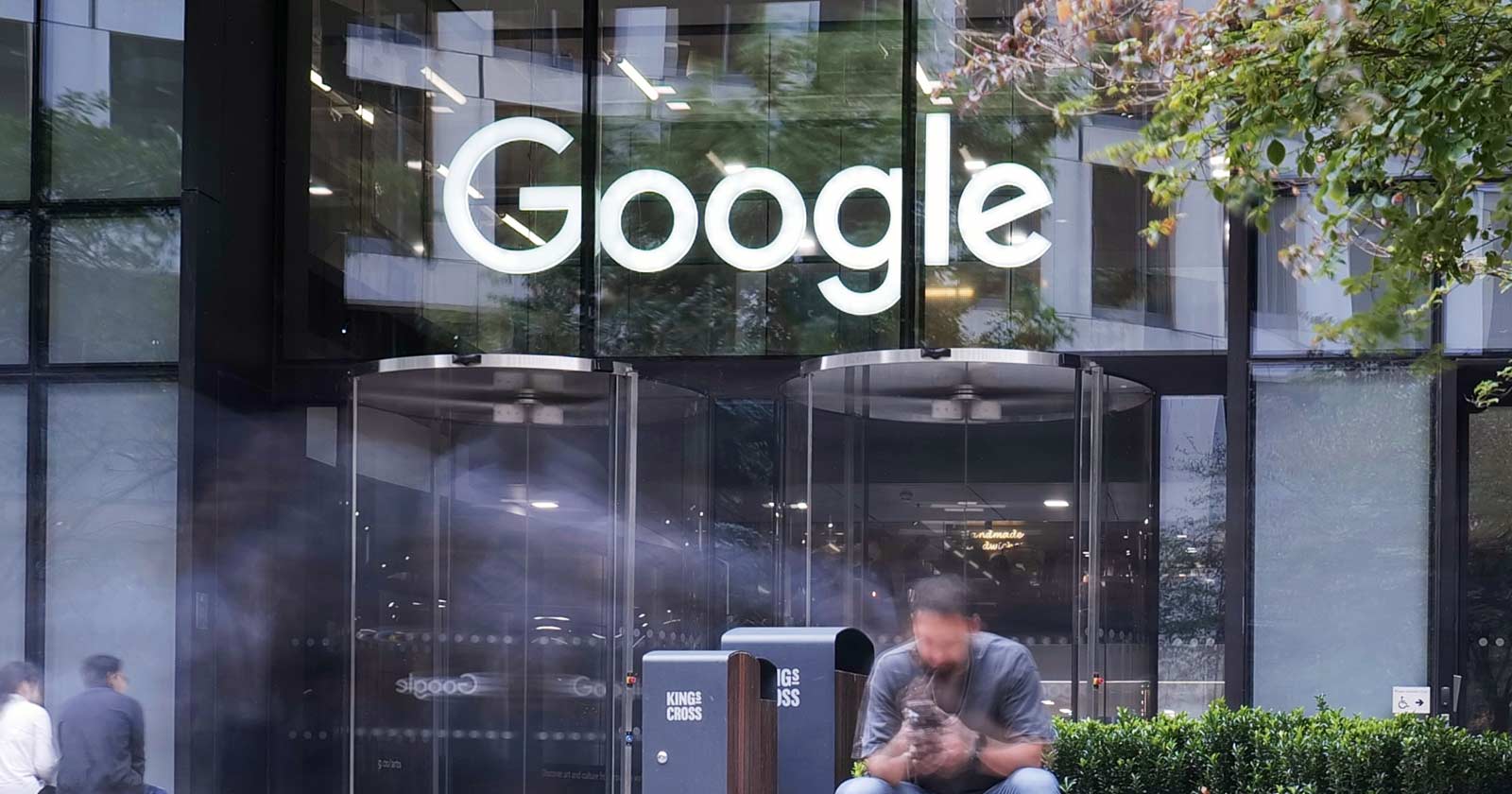New data from BrightEdge that was shared with Search Engine Journal shows that Google’s AI Overviews (AIO) in March 2025 have rapidly expanded in size and are shifting how traffic is distributed across search results. The analysis suggests that deep, specialized content is likelier to be cited than homepages.
This shows that AIO is becoming more precise about the answers it is giving, aligning with the concepts of Predictive Summaries and Grounding Links that Google recently shared with marketers at Search Central NYC.
Google has traditionally favored showing precise answers to questions, something that the home pages of websites generally cannot do. It makes sense that BrightEdge’s data reflects the kind of precise linking that Predictive Summaries and Grounding Links display in AIO.
Google has expanded the pixel height of AIO by 18.26% in the first two weeks of March. Although some may rightly note that it’s reducing the outbound links of the organic search results it’s important to put that into the context that Google’s AIO also has outbound links and that those links are highly precise contextually relevant links.
The expansion of AIO size was not across the board. Industry-specific increases in AI Overview size:
- Travel: +39.49%
- B2B Tech: +37.13%
- Education: +35.49%
- Finance: +32.89%
Strategic Response for SEOs And Publishers
BrightEdge suggests that publishers and SEOs should monitor performance metrics to track changes in traffic, impressions, CTRs, and clicks to evaluate how AI Overviews may be influencing traffic trends. Of absolute importance is to try to identify sales or revenue trends because those are the most important metrics, not traffic.
Although it may be useful to create citable content, Google is generally summarizing content and then linking to where users can read more. Now more than ever it’s important to be aware of user trends relative to your industry and be able to anticipate them, including the context of a user’s search. Jono Alderson recently suggested targeting users at the very early side of the consumer journey in order to get ahead of AI-based citations.
Importance of In-Depth, Specialized Content
Google AIO is showing a citation preference for deep-linked content, two more clicks from the home page deep (2+ deep). 82.5% of clicks were to 2+ deep pages. Home pages accounted for less than 0.5% of all clicks.
86% of cited pages were ranked for only one keyword, often high-volume. This represents an opportunity for high traffic volume keyword traffic. The median keyword volume for citations was 15,300 monthly searches and 19% of citation-triggering keywords contain traffic volume in excess of 100k monthly searches.
Implications For Technical SEO And Content Optimization
BrightEdge suggests that full site indexing is critical for AI Overviews in order to ensure that every page is available to be cited as a potential source. Even older and otherwise overlooked content may gain value, especially if they’re reviewed and updated to make them suitable to be cited and reflect the most current information.
Google has been citing deeper content for many years now and the age of the primacy of the home page has been long over, except in local search. That said, home pages only accounted for half a percent of clicks from AIO so it’s super important now more than ever to optimize inner pages.
About the Data And What It Means
I asked Jim Yu, CEO BrightEdge, where the data comes from and what their interpretation of it is. He responded:
“The data is from a combination of proprietary technologies.
BrightEdge Generative Parser™ analyzes and monitors advancements in AI-generated search results and BrightEdge Data Cube, which contains billions of search queries, usage data, and many research datasets connecting key search, social, content, and multi-media data points. It is the second-largest index of the web after Google.
This allows us to present data in multiple ways and by various datasets based on the most up-to-date and relevant data on industry, personas, and intent within Google AIO and multiple AI engines.
The most interesting thing we see in our data on Google AIOs is how they are evolving in key areas, such as multi-model injection with YouTube, how they are being developed by industry, and how they are answering multiple-type intent queries. What we also see in DataCubeX is how new AI entrants are growing, how they differ, and how they present different results. And, in many ways, offer their own AI opinions of brands, products, and services”
Takeaways:
The following are the top takeaways from the data:
- Google’s AI Overviews are rapidly expanding in visual size on the SERP
- Industries like Travel, B2B Tech, Education, and Finance are experiencing the fastest AI Overview growth
- Deeper, more specific content is overwhelmingly favored for AI citations over homepages
- Pages cited in AI Overviews often surface for just one keyword—frequently high-volume
- Technical SEO and full-site indexing are now essential for brand visibility in AI-driven search
Google’s AI Overviews are not just expanding in size; they are improving the contextual relevance of outbound links to websites. Optimizing for AIO should turn an eye toward keeping older content fresh and up to date to keep it relevant for users who will appreciate that content.
BrightEdge data shared with Search Engine Journal has not been published but a monthly updated guide to AIO is available.
Featured Image by Shutterstock/B..Robinson





![AI Overviews: We Reverse-Engineered Them So You Don't Have To [+ What You Need To Do Next]](https://www.searchenginejournal.com/wp-content/uploads/2025/04/sidebar1x-455.png)